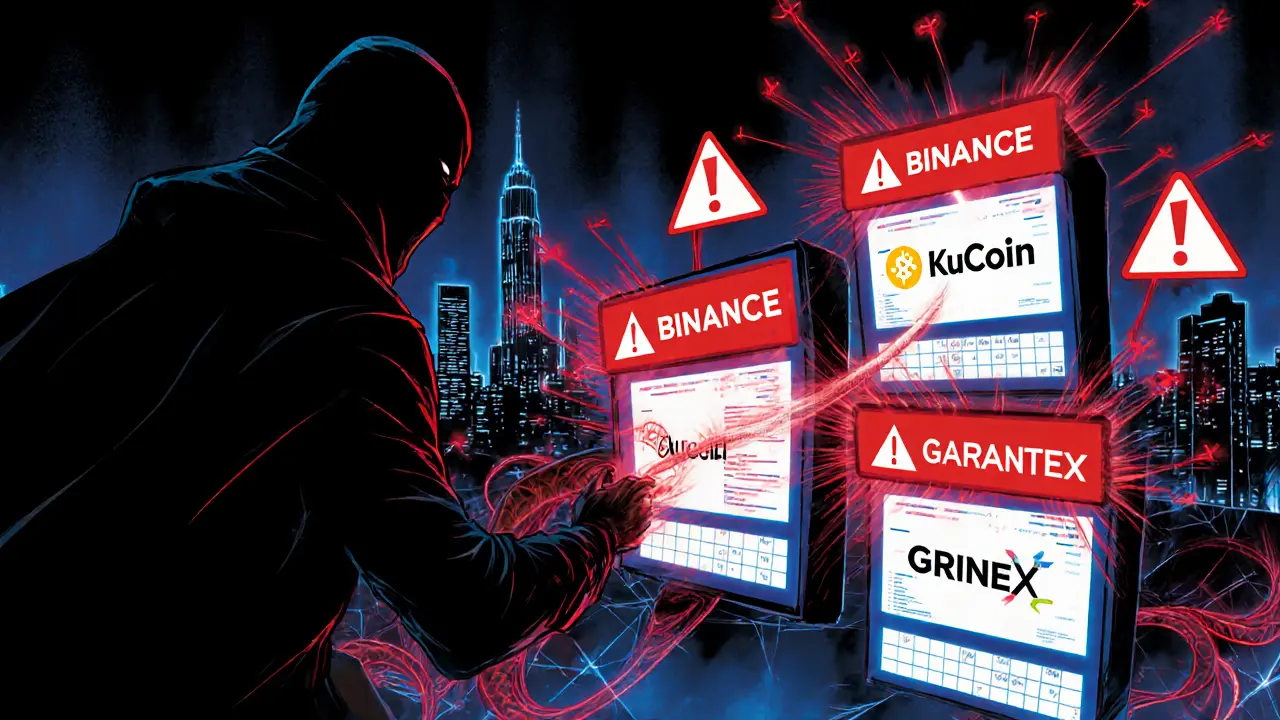Nested Exchanges: What They Are and Why They Matter in Crypto Trading
When you trade on a crypto exchange, you might think you're dealing directly with the market—but often, you're actually trading through a nested exchange, a platform that routes orders through another exchange behind the scenes. Also known as white-label exchanges, these systems don't hold their own liquidity; they piggyback on bigger platforms like Binance, OKX, or HTX to fill trades. This isn't always obvious to users, and that’s where things get risky.
Nested exchanges are common in regions with strict regulations or limited banking access. For example, some platforms in South Korea or Thailand act as intermediaries, connecting local users to global exchanges that don’t accept their local currency. You might see a platform like BTCC or HTX Thailand offering KRW or THB deposits, but underneath, they’re using a parent exchange’s order book. This setup can make fees look lower and trading feel smoother—but it also hides the real source of liquidity. If the parent exchange freezes withdrawals or gets hacked, the nested platform can collapse overnight. Zedxion Exchange, for instance, faced heavy criticism for unverified volume claims and lack of licensing, which are red flags often tied to nested structures.
These systems also impact price accuracy. When an exchange doesn’t hold its own order book, it relies on feeds from bigger platforms. That means delays, slippage, or even manipulated pricing if the parent exchange is under stress. You might see a coin trading at $10 on your app, but the real market price on Binance is $9.85—and you won’t know until you try to sell. This gap is why advanced traders avoid nested exchanges for large trades. They prefer direct access to exchanges with verified liquidity, like those reviewed in our HTX Thailand or Klickl crypto exchange guides.
Not all nested exchanges are bad. Some use them to offer localized services—like easier KYC, customer support in your language, or wallet integration—that major platforms don’t provide. But you need to know the difference between a legitimate partner and a front for a scam. Look for transparency: Does the platform disclose which exchange it uses? Is it licensed? Are trading volumes independently verified? If not, you’re trading blind.
The posts below dive into real-world examples of platforms that operate this way, from Zedxion’s security flaws to HTX Thailand’s regulatory gray zones. You’ll also find reviews of exchanges that cut out the middleman, plus guides on how to spot when you’re being routed through a hidden layer. Whether you’re a beginner in Thailand or an advanced trader in Korea, understanding nested exchanges isn’t optional—it’s essential to protect your funds and get fair prices.
Using multiple crypto exchanges to avoid restrictions may seem smart, but it often leads to frozen funds, legal trouble, or fines. Learn the real risks behind nested exchanges, sanctions evasion, and why regulators are cracking down in 2025.

